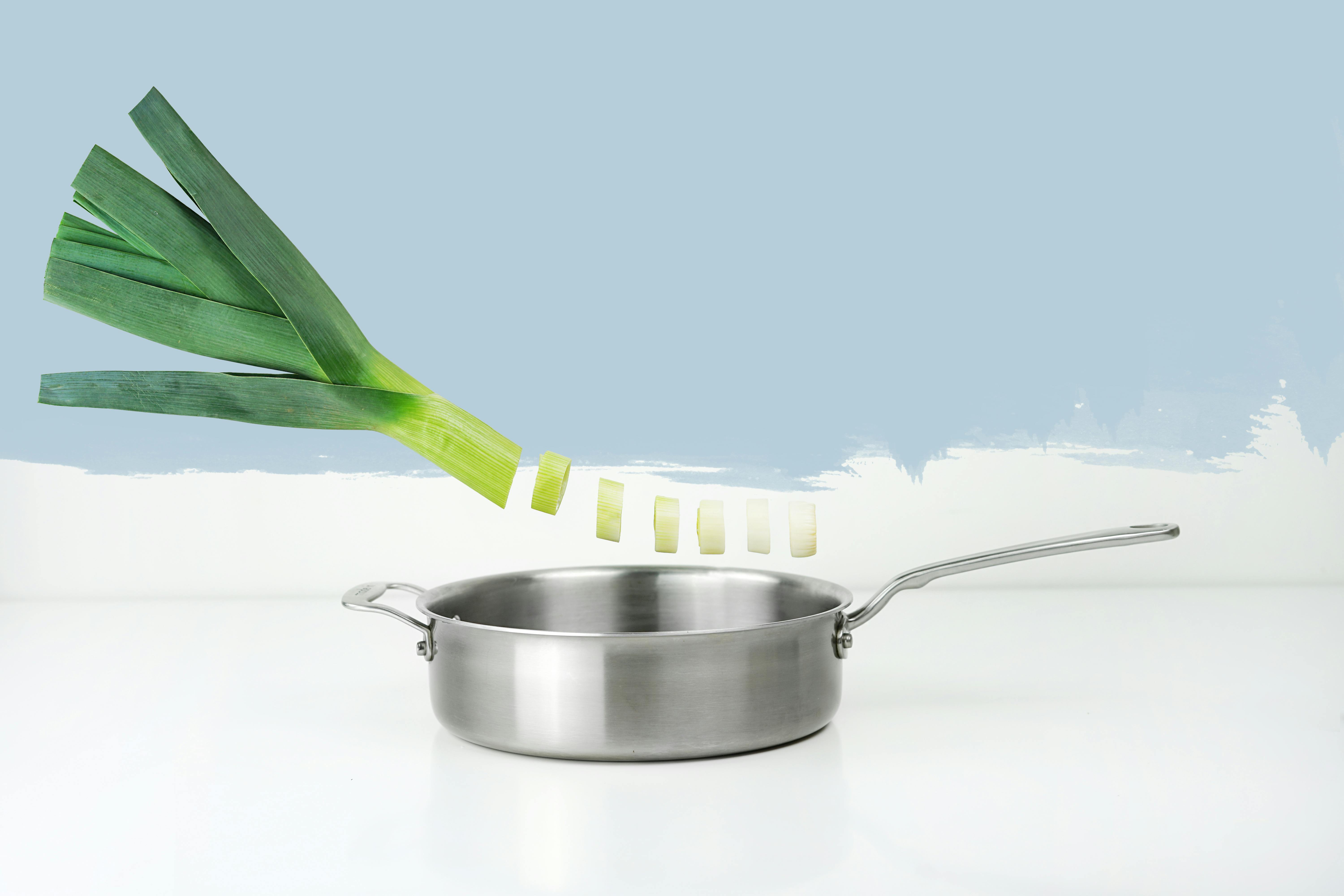
Investing Profitably in Real Estate: Financing Options for the Purchase of Rental Homes, Part 1.
admin
- 0
This is not a 100% financing (no down payment) tricks article. Even if you take advantage of various no down payment strategies from time to time, these strategies are generally not applicable when you begin to systematically invest in multiple rental homes with the goal of earning significant rental income.
This is because some of these strategies require some degree of deception and careful timing, others require hard-to-find pricing or seller situations, and still others require sophisticated legal instruments and training, or a combination of all of the above. These complex strategies are good for selling tutoring programs, books, and training courses.
However, neither of these methods is practical, in our opinion, as a consistent practice for stress-free and profitable ethical investing. For a consistently winning investment program, you want to be able to act quickly, repeatedly, openly, and consistently, allowing you to build a portfolio of rental properties in a relatively short period of time.
Therefore, it is much more cost-effective and sensible, in our opinion, to play it safe and keep it simple. This means focusing on getting good investments from a future rental income and appreciation standpoint, and paying any down payment that banks require.
Simple as that. If you do this, you will be able to build a portfolio of properties quickly.
You can still get great deals on loans by seeking financing or using an independent loan broker. Make sure your loan broker does the shopping on your behalf. Standard bank financing at good interest rates usually only needs a 5% to 10% down payment for investment properties, which is not much in the big picture.
Unless you are going to sell a property quickly, you probably want to maintain a positive cash flow for most of the time you own a rental property. This is true even if you eventually plan to sell the property for a profit. After all, you never know how long you’ll have to hold onto a property before its value appreciates significantly, especially if you have to survive the inevitable drop in property value that can last a year or more. The only way to ensure that you can comfortably keep the property for as long as you need is to have a positive cash flow each month.
To this end, consider the advantages of paying a full 20-25% down payment. This will allow you to qualify for the programs with lower interest rates. Lower interest rates mean lower monthly payments, which means positive cash flow. In fact, with a 20% to 25% down payment, you may qualify for so-called “payment option loans” with minimum payment rates as low as 1%. With these loans, the minimum payment stays low for the first 5 years, with a payment increase limit each year of only 1,075 times the previous year’s monthly payment. At these levels, you will almost certainly achieve a very good positive cash flow.
With such minimum payment loans, you still have to pay the current adjustable rate (usually around 4.5% today). However, most of the interest is deferred. At the end of 5 years, the deferred interest is added to the loan balance. This will likely be much less than the property has been appreciated. Therefore, it is a small price to pay for the positive cash flow obtained during the first 5 years.
Another option readily available today is “interest only” payments. The “payment option loans” described above generally include an interest-only option. That is, each month you have the option of paying the minimum payment described above or an interest-only payment. Other loans do not have a minimum payment option and only have an interest payment option. In either case, when you make an interest-only payment, you’re paying only interest for the month and not paying principal. This lowers your monthly payment, allowing for positive cash flow in most cases, but of course, you don’t build any equity in the home.
As a general rule, in most states, most loans are now available with interest-only options. Sometimes you have to pay a small fee at closing for this option (typically 0.125% to 0.250%), and sometimes there is no charge at all. If there is no fee, the interest rate may be slightly higher. Just shop around and compare loans for the best deal, as above, or make sure your independent loan broker is doing the shopping for you.
Here’s a comparison of three monthly payment plans
1) A typical minimum payment (on a payment option loan)
2) An interest-only payment (on a payment option loan or any interest-only loan)
3) A fully amortized payment (where you are paying down the principal a little each month).
For a $200,000 loan, a minimum payment of 1% is $643 per month. By comparison, a typical loan with an adjustable interest rate of 4.5% yields a monthly payment of $750. Finally, a fully amortized 4.5% payment is $1013.
You can see that the minimum payment and interest-only options are low and pretty close, but the fully amortized loan can make a significant dent in your cash flow.
Keep in mind that the minimum payment on a payment option loan and the interest only option on any loan program lasts (usually) only 5 years. However, there are interest-only loans where the interest-only option lasts for 10 years. The latter is preferable if your intention is to keep the property for more than 5 years without refinancing.
Also keep in mind that to get the low interest rate I’ve used in the example above (around 4.5%), you’ll need to agree to an adjustable rate mortgage (ARM) program where rates adjust annually or even with more frequently. If interest rates rise significantly in the next two years, you could be left with a relatively high payment.
We recommend for most borrowers who plan to own properties for more than one or two years:
1) Obtain a “payment option loan” as described above with minimum payments lasting a full 5 years, or
2) Get an adjustable rate home loan (ARM) with an initial 5-year fixed interest period. This will cost 1-2% more in fee, but the insurance is absolutely worth it, in our opinion, at this point in the real estate cycle.
This article has reviewed some modern strategies for minimizing your loan payments when buying investment rental homes. There is much more to say on this subject. So keep an eye out for additional articles by the same authors on this and other related topics.
(c) Copyright 2004, Jeanette J. Fisher and Robert S. Kramarz. All rights reserved.

